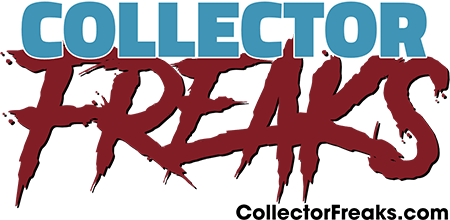How much money did cowboys make in the Old West?
Allen Jones
Lifelong student of American history.Author has 12.6K answers and 16M answer views
5y
The other answers are excellent but there’s also a range of wages just like any field:
- Ranch or Drive Foreman/Manager. He may well earn bonuses or share in the profits. Sometimes he’s much more of a bookkeeper, professional manager (and incompetent too) hired by distant ranch owners in Scotland, England, France, or the East Coast. That was common by the 1880’s and remains so today.
- Top Hand, a very skilled older cowboy with excellent judgement, very reliable, able to train novice cowboys, competes in rodeos, can manage a branding or round-up completely, knows how to do some medical treatment for cattle and horses, can help a cow birth a calf that’s having trouble getting out of the birth canal. Many small ranches didn’t have one of these or that’s what the founder/owner was, only large ranches and large cattle drives could afford 1–2 of these in the $30–50 month range.
- Cook, often the oldest in the crew and often with old injuries or accumulated limitations like arthritis, repetitive motion wear, etc.. You paid more for a ranch cook or chuckwagon cook if you wanted to retain a crew and keep them content, a poor cook ruins even good food let alone making poor ingredients palatable.
- Cowhand/Drover/Cowboy is a usually a younger man with a few years of cattle-herding experience and probably a farm or ranch childhood so skilled at many tasks like building corrals, cabins, barns, wells and used to harvesting/baling hay, shoveling manure, fixing and caring for saddles/tack/harnesses, able to drive a wagon. The bulk of the crew for a cattle drive or working ranch would be these guys. The most junior cowhands would be assigned to “ride drag” or at the back of the herd where the dust in the air was the most accumulated and exhausting to breathe through. 25 cents a day to $10–25/month, often at a rate set by the individual’s skills and capacities.
- Wrangler has decent to good skills with horses but not yet with cattle, it’s a common entry-level job. Feeding a horse herd that ideally is 3–5 horses per cowboy so rotation maintains a high level of performance across very long days in a cattle drive or roundup while the horses would still outnumber the riders at most ranches. The wrangler herds the horses, checks them continually for injuries, infections, disease, and condition with leg and foot injuries most common, he may be able to do some basic farrier work (horseshoeing) but that’s often beyond his skills. He also trains and tames horses, often “breaking them”, a brutal and not particularly effective process common with cheap/free wild horses. He’s at the lowest pay rate and hopes to work up the ladder as well as most likely to quit.
Like all agricultural enterprises, cash was always in very short supply and the Old West took place during an economic depression/recession mostly as well as a period when the physical supply of money greatly lagged the need for currency so paying farm and ranch workers with meals, lodging, use of horses, saddles, rifles, books, wagons, bed linens and towels, laundry, etc. helped offset the cash shortfall in pay and is easy to overlook that coverage of nearly all direct living expenses.










